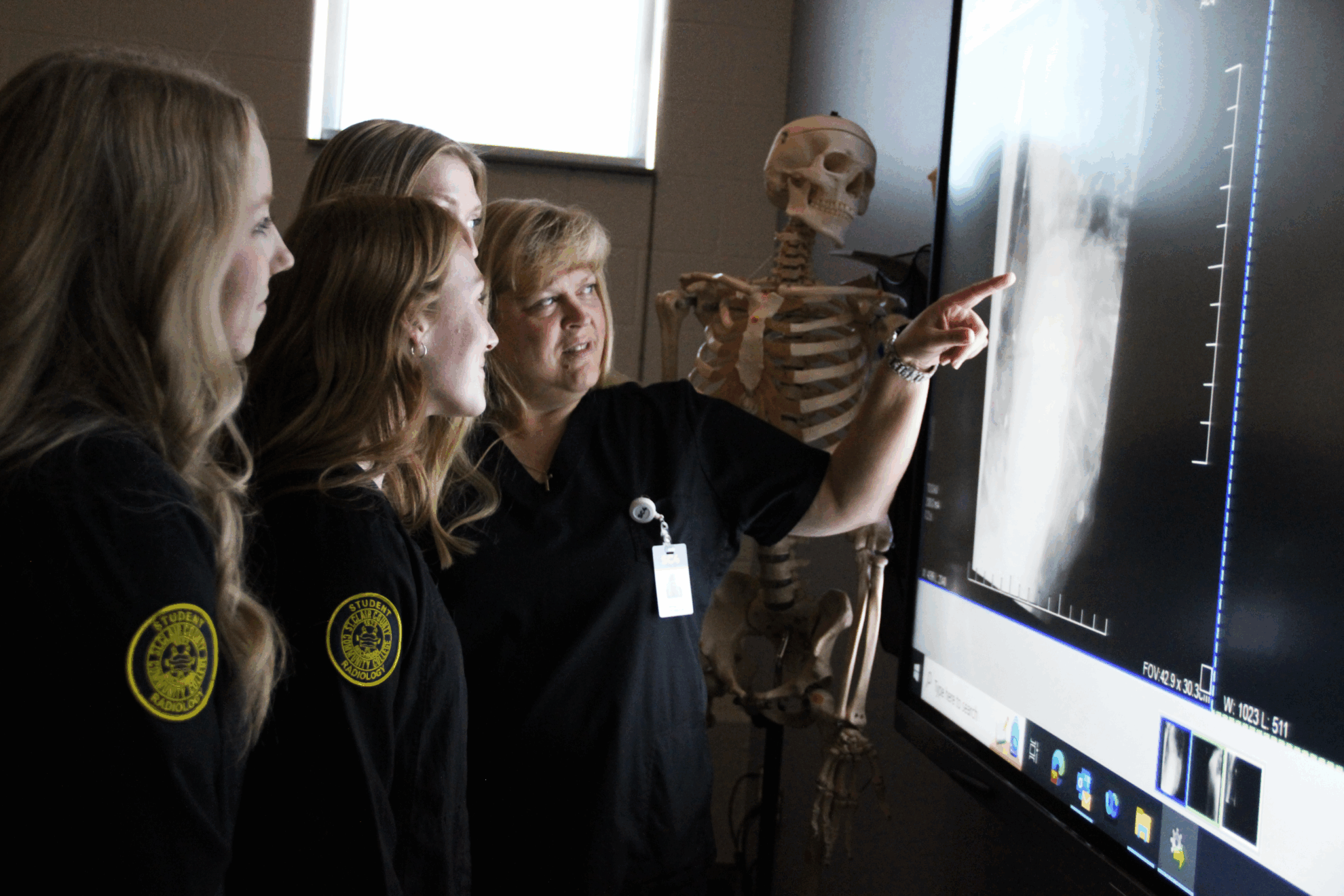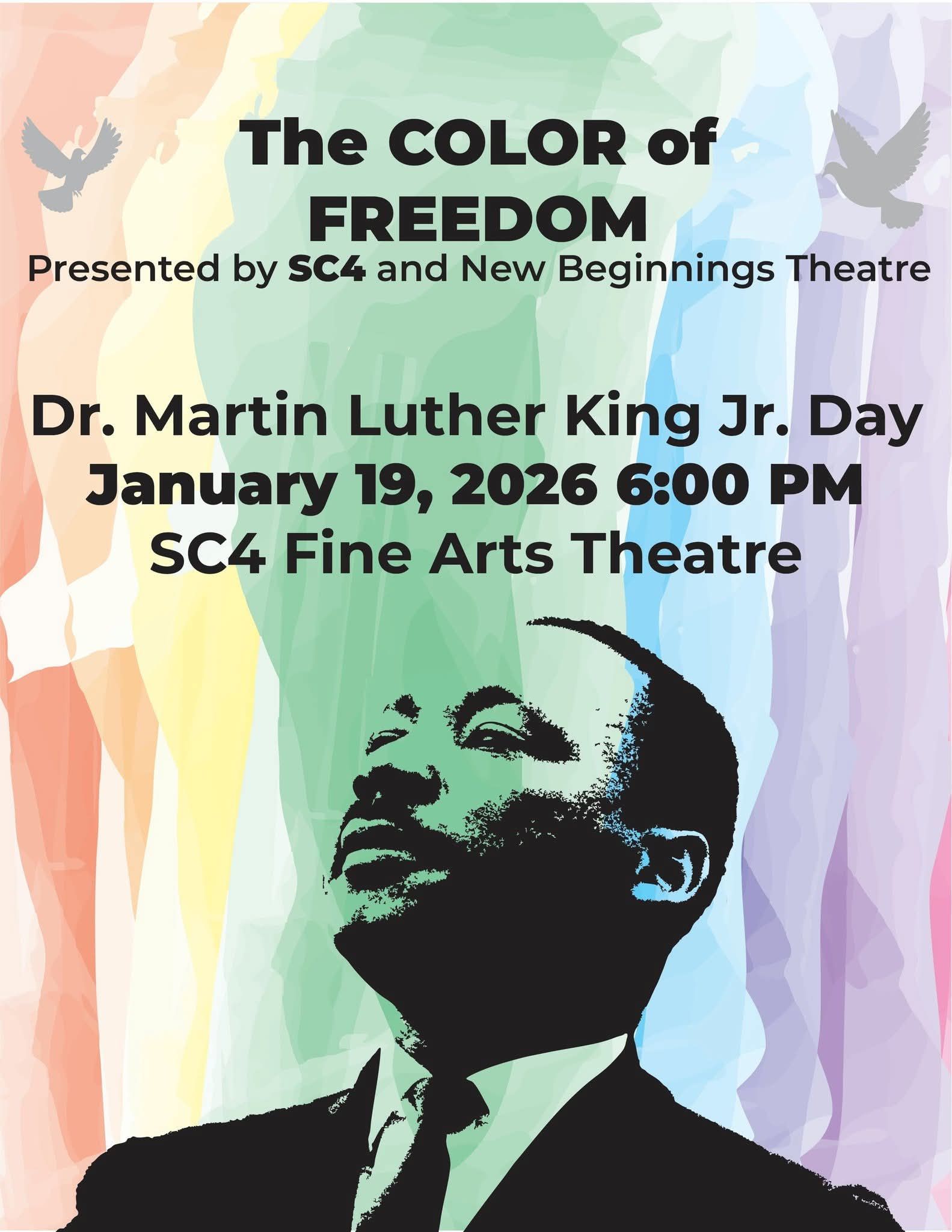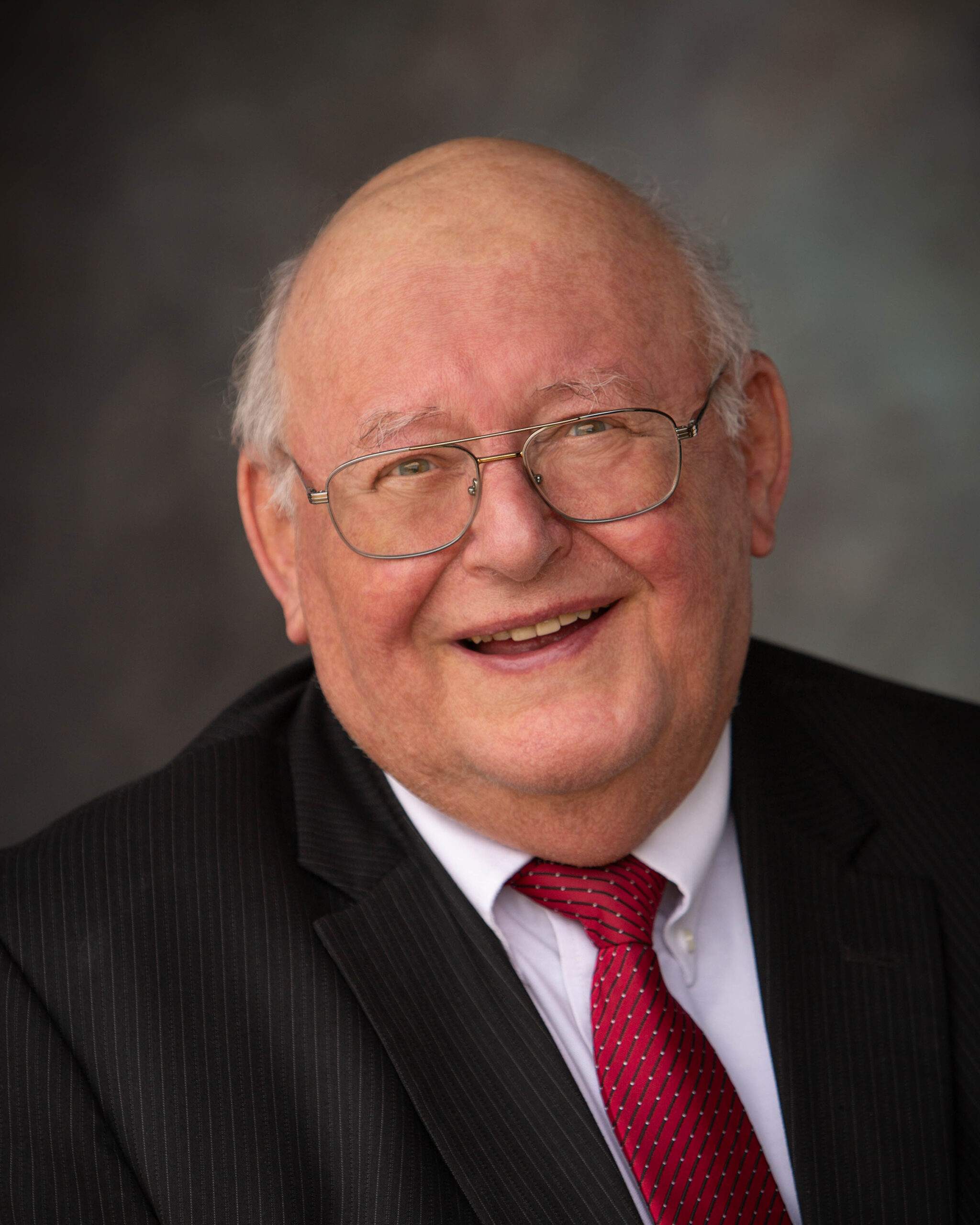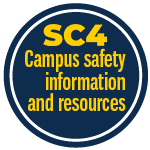Radiologic Technology
As a radiologic technologist, you will be responsible for conducting imaging examinations, accurately positioning patients and ensuring a quality diagnostics image. The program will prepare you with knowledge and skills in anatomy, patient positioning, examination techniques, equipment protocols, safety procedures and basic patient care. Classroom learning is integrated with clinical experiences in hospitals, orthopedic practices and doctor’s offices.
The program is fully accredited by the Joint Review Committee on Education in Radiologic Technology, or JRCERT, which is recognized by the Department of Education. Graduates have achieved a 95% passing rate on the national certification exam and are employed in urgent care clinics, hospitals, doctors’ offices, and imaging centers. Students also continue for a bachelor’s degree at four-year institutions.
The program’s current award is 5 years. General program accreditation information and the current accreditation award letter can be found here.
The radiography program is accredited by the
Joint Review Committee on Education in Radiologic Technology
20 North Wacker Drive, Suite 2850
Chicago, IL 60606-3182
312-704-5300
Email: mail@jrcert.org
Program mission, goals and student learning outcomes
St. Clair County Community College Radiologic Technology Program Mission Statement:
To provide the healthcare community with qualified entry level radiographers through education that makes a difference in radiologic technology.
SC4 Radiologic Technology Program Goals and Outcomes:
Goal #1
The student will have the skills to perform radiologic duties of a competent entry level radiographer.
- Outcome #1 – The student will analyze patient care skills that are essential for radiographic procedures.
- Outcome #2 – The student will demonstrate knowledge of quality image production.
Goal #2
The student will demonstrate effective age appropriate communication skills.
- Outcome #1 – The student will associate effective communication skills with patients.
- Outcome #2 – The student will distinguish proper protocol and efficiency of radiographic procedures through accurate communication with clinical staff.
Goal #3
The student will develop problem solving and critical thinking skills.
- Outcome #1 – The student will employ knowledge of a variety of imaging procedures.
- Outcome #2 – The student will apply knowledge to non-routine situations.
- Outcome #3 – The student will be adapt radiographic procedures for pathology.
Program Effectiveness Data
- Outcome #1 – The student/graduates will successfully complete the program.
- Outcome #2 – The student/graduates will successfully pass their ARRT exam.
- Outcome #3 – The student/graduates who are not continuing their education and are actively seeking employment will be employed in Radiology or related jobs.
- Outcome #4 – The student/graduate employers will indicate satisfaction with the program graduates.
- Outcome #5 – The student/graduates will indicate satisfaction with the program’s effectiveness.
Institution name: St. Clair County Community College
Program type: Radiologic Technology Program
Degree type: Associate Degree in Applied Arts & Science in Radiologic Technology
The following is the most current program effectiveness data. Our programmatic accreditation agency, the Joint Review Committee on Education in Radiologic Technology (JRCERT), defines and publishes this information. The information can be found directly on the JRCERT webpage.
Credentialing Examination: The number of students who pass, on the first attempt, the American Registry of Radiologic Technologists (ARRT) certification examination, or an unrestricted state licensing examination, compared with the number of graduates who take the examination within six months of graduation. The five-year average benchmark established by the JRCERT is 75%.
| Credentialing Examination Rate | Number passed on 1st attempt divided by number attempted within 6 months of graduation |
|---|---|
| Year | Results |
| Year 1 - 2020 | 12 of 12 - 100% |
| Year 2 - 2021 | 12 of 13 - 92.3% |
| Year 3 - 2022 | 12 of 12 - 100% |
| Year 4 - 2023 | 13 of 14 - 92.8% |
| Year 5 - 2024 | 11 of 12 - 91.6% |
| Program 5-year average | 60 of 63 - 95% |
Job Placement: The number of graduates employed in the radiologic sciences compared to the number of graduates actively seeking employment in the radiologic sciences within twelve months of graduating. The five-year average benchmark established by the JRCERT is 75%.
| Job Placement Rate | Number employed divided by number actively seeking employment within 12 months of graduation |
|---|---|
| Year | Results |
| Year 1 - 2020 | 12 of 12 - 100% |
| Year 2 - 2021 | 13 of 13 - 100% |
| Year 3 - 2022 | 12 of 12 - 100% |
| Year 4 - 2023 | 14 of 14 - 100% |
| Year 5 - 2024 | 12 of 12 - 100% |
| Program 5-year average | 63 of 63- 100% |
Program Completion: The number of students who complete the program within the stated program length. The annual benchmark established by the program is 80%.
| Program Completion Rate | Number graduated divided by number started the program |
|---|---|
| Year | Results |
| Year - 2024 | 12 of 12 |
| Annual Completion Rate | 100% |
Program overview

This associate degree program prepares the student to become a radiologic technologist, by combining imaging technology with patient care skills to create quality radiography images. This program has a 24-month, competency-based curriculum that includes practical experiences in hospitals and imaging centers. Upon completion of the program, the student will receive an associate degree in applied arts and science in radiologic technology and is eligible to take the national registry exam administered by the American Registry of Radiologic Technologists. The program begins in the summer and requires a full-time commitment, including course and clinical days. Hours for clinical days will vary with some afternoon and weekend rotations. Travel to clinical sites is required. Transportation to and from the clinical facility is the sole responsibility of the student.
Information sessions
Students applying to the radiologic technology program are required to attend a mandatory information session. Students must sign in at the session for documentation.
To join an online session simply click on the "Join" link at the meeting time. You will be prompted to join or download Teams depending on the device used. You will need a smartphone or a webcam and microphone for a computer.| Date | Time | Type of session | Link |
|---|---|---|---|
| August 25, 2025 | 10 AM - 11 AM | Online | Join Microsoft Teams |
| October 6, 2025 | 10 AM - 11 AM | Online | Join Microsoft Teams |
| November 10, 2025 | 4:30 PM - 5:30 PM | Online | Join Microsoft Teams |
| December 8, 2025 | 10 AM - 11 AM | Online | Join Microsoft Teams |
| January 12, 2026 | 12 PM - 1 PM | Online | Join Microsoft Teams |
Attend any of the upcoming sessions to get information about careers in radiologic technology, program prerequisites, degree requirements and application process. Students applying to the Radiologic Technology Program are required to attend a mandatory information session.
Pre-Admission requirements
The pre-admission requirements are:
- Overall minimum college grade point average of 2.8 (current high school students is overall minimum 3.0 grade point average based on 10th and 11th grade college prep courses).
- All prerequisites and general education requirements must have a “C” or better if student wishes to be considered in the applicant pool.
- Assessment tests are required if the student has not previously attended college. Arrangements for assessments can be made by calling the Testing Center at (810) 989-5555.
- The HESI pre-admission test must be taken at SC4.
Fulfillment of these criteria does not guarantee admission to the radiologic technology program.
Applicants planning to pursue a career in radiography who have a criminal record of felony or misdemeanor convictions should contact the program director to determine employment restrictions based upon these convictions. Note: Conviction or charges may preclude eligibility to take the American Registry of Radiologic Technologists examination once the program is completed. It is recommended that anyone considering applying to the radiologic technology program that has violations should contact arrt.org and complete a pre-application for clearance prior to applying.
Applying for admission
People seeking admission to the radiologic technology program must:
- Submit to the SC4 Enrollment Services office a completed Application for Admission to SC4.
- Submit Health Sciences online application, indicating Radiological Technology – Associate Degree as the intended program of study.
- Complete a specific Radiologic Technology Program Application by Feb. 1 of application year.
- Submit official college transcripts no later than Feb 15, if you previously attended a college other than SC4.
- Make arrangements to take the HESI admission assessment test.
Acceptance procedure
Qualified applications will be reviewed in the winter semester for the radiologic technology program (program starts the following summer). Notification of applicant finalists, acceptances and rejections will be mailed. Acceptance into the program is competitive. Ranking criteria includes but is not limited to grade point average, HESI results, recommended courses and health care experience. Candidates are required to do a two-hour job shadow at a hospital radiography department before the interview date (documentation on hospital letterhead or a specific form through the SC4 Radiologic Technology Program is required). Students need to make their own arrangements with a hospital to accomplish this. Final candidate interviews occur in late March or early April by the interview panel.
Upon admission and before classes begin in the summer, students will need to submit a completed Physical Examination Form, 10-panel drug screen and evidence of current CPR for the Health Care Provider certification from the American Heart Association (forms will be provided at orientation). Additional health screenings are required.
HESI testing
Health Education Systems Inc. (HESI) Admission Assessment is a part of the application process for the radiologic technology program at St. Clair County Community College. The HESI test must be taken by the program application deadline.
For questions, call (810) 989-5555 or email testing@sc4.edu.
HESI information for the Radiologic technology program.
Note: Radiologic technology applicants are allowed to take the HESI test twice per year. The highest composite score is used in the pre-admission scoring. Radiologic Technology HESI testers are eligible to “freeze” their HESI score for one year only. In addition, ADN HESI testers that have decided to apply for the Radiologic Technology program by the Feb. 1 deadline, may request to transfer their HESI score as long as it is in the same year. All requests to freeze or transfer HESI scores must be made in writing to the Radiologic Technology Department by Feb. 1 deadline. No exceptions.

Frequently asked questions
Applications, handbook, forms
- Health Sciences application
- Radiologic technology program application
- Radiologic technology program handbook
- Radiologic technology job shadow form
Program accreditation
Radiologic Technology Professional Information
A. Accreditation
- The SC4 Radiologic Technology Program is fully accredited by the JRCERT.
- Joint Review Committee on Education in Radiologic Technology (JRCERT) 20 North Wacker Drive, Suite 2850, Chicago, Illinois 60606-3182.
- Phone: 312-704-5300 Email: mail@jrcert.org Website: jrcert.org.
- The JRCERT is in association with the American Medical Association.
- The JRCERT is the only agency recognized by the United States Department of Education for the accreditation of traditional and distance delivery educational programs in radiography.
B. JRCERT Standards
Accredited radiography programs use the following standards:
- Integrity. The program demonstrates integrity in the following: representations to communities of interest and the public, pursuit of fair and equitable academic practices, and treatment of, and respect for, students, faculty, and staff.
- Resources. The program has sufficient resources to support the quality and effectiveness of the education process.
- Curriculum and Academic Practices. The program’s curriculum and academic practices prepare students for professional practice.
- Health and Safety. The program’s policies and procedures promote health, safety and optimal use of radiation for students, patients, and the public.
- Assessment. The program develops and implements a system of planning and evaluation of student learning and program effectiveness outcomes in support of its mission.
- Institutional/Programmatic Data. The program complies with JRCERT policies, procedures, and STANDARDS to achieve and maintain specialized accreditation.
Program accreditation
Radiologic Technology Professional Information
A. Accreditation
- The SC4 Radiologic Technology Program is fully accredited by the JRCERT.
- Joint Review Committee on Education in Radiologic Technology (JRCERT) 20 North Wacker Drive, Suite 2850, Chicago, Illinois 60606-3182.
- Phone: 312-704-5300 Email: mail@jrcert.org Website: jrcert.org.
- The JRCERT is in association with the American Medical Association.
- The JRCERT is the only agency recognized by the United States Department of Education for the accreditation of traditional and distance delivery educational programs in radiography.
B. JRCERT Standards
Accredited radiography programs use the following standards:
- Standard One: Accountability, Fair Practices, and Public Information
The sponsoring institution and program promote accountability and fair practices in relation to students, faculty, and the public. Policies and procedures of the sponsoring institution and program must support the rights of students and faculty, be well-defined, written, and readily available. - Standard Two: Institutional Commitment and Resources
The sponsoring institution demonstrates a sound financial commitment to the program by assuring sufficient academic, fiscal, personnel, and physical resources to achieve the program’s mission. - Standard Three: Faculty and Staff
The sponsoring institution provides the program with adequate and qualified faculty that enable the program to meet its mission and promote student learning. - Standard Four: Curriculum and Academic Practices
The program’s curriculum and academic practices prepare students for professional practice. - Standard Five: Health and Safety
The sponsoring institution and program have policies and procedures that promote the health, safety, and optimal use of radiation for students, patients, and the public. - Standard Six: Programmatic Effectiveness and Assessment: Using Data for Sustained Improvement
The extent of a program’s effectiveness is linked to the ability to meet its mission, goals, and student learning outcomes. A systematic, ongoing assessment process provides credible evidence that enables analysis and critical discussions to foster ongoing program improvement.

“Everyone is always nervous when you get your first patient and no one is watching you, but I didn’t feel nervous at all because I felt prepared to do what I had been trained to do.”
Regina Light, Radiologic Technologist at McLaren Port Huron




